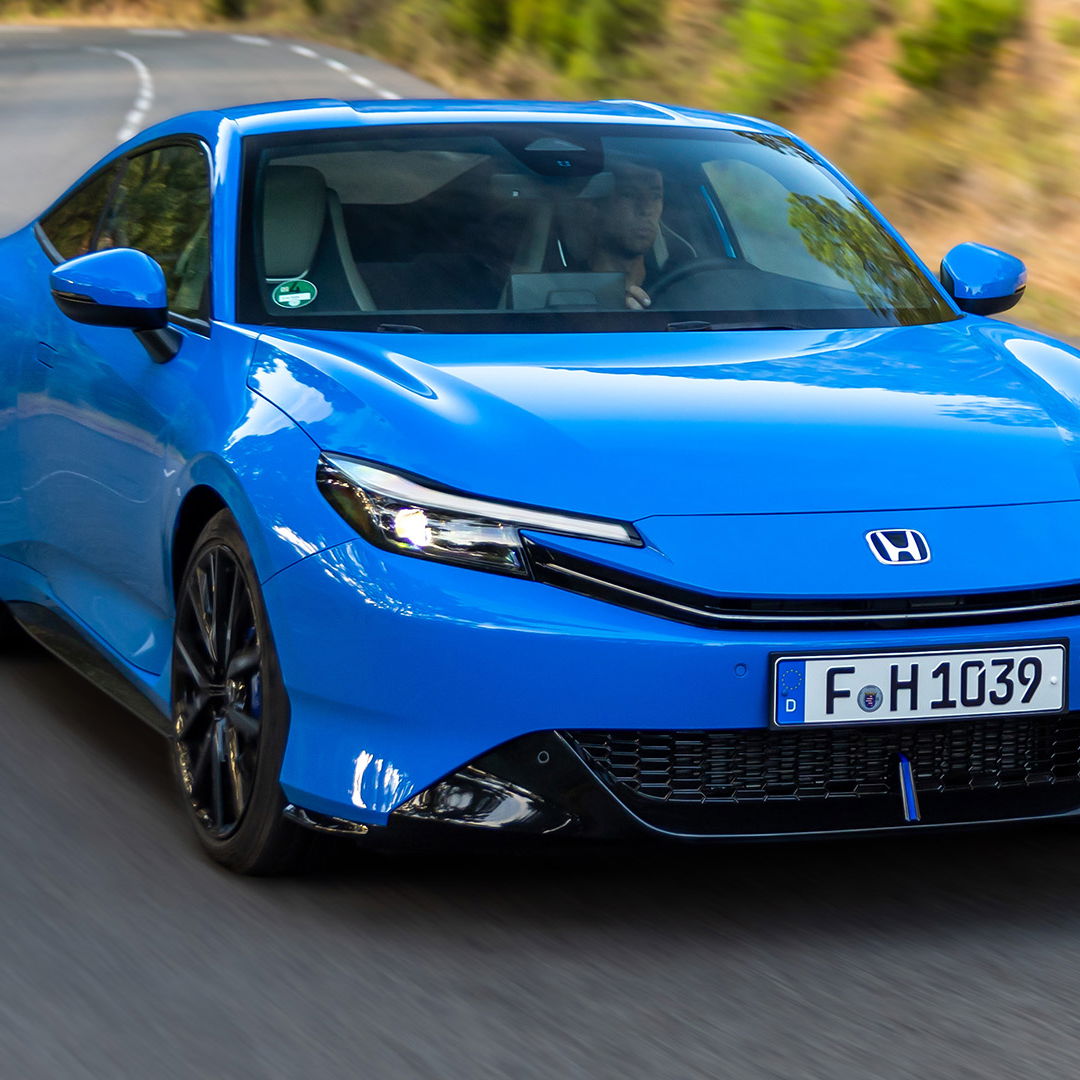On Koenigseggs Freevalve system and its benefits
There currently is a huge interest on Koenigseggs Freevalve system, which idea is to gain complete authority over the valve timing.
Why even bother?
Current 4-stroke engines use camshafts to control opening and closing of the valves, which is given by the camshaft profile. This system has stood the test of time and is very reliable, so why would you want to change something?
A camshaft has to be designed to work best in a specific scenario. A Profile to give you a lot of torque will prevent your car from revving high. One for peak power is going to make your car idle bad and deteriorate your emission values and fuel consumption. If you want wo incorporate a Miller-cycle (aka 5-stroke engine, goal is better efficiency) you get low specific power.
But VTEC will kick in
A car manufacturer has to evaluate which properties are most important in a specific car and make compromises accordingly.
To overcome these compromises, technologies like variable valve timing or VTEC where developed, they do work, but they add complexity, weight, bulk and cost to the car.
How can Freevalve do better?
The Freevalve system was developed to solve all of these issues and open new possibilities.
It enables the car to control the timing of each valve individually, based on whatever behaviour you want to get right now. You could drive a car in Miller-Cycle while cruising in traffic, developing lots of torque down in the rev band and running towards the redline more fruity than an S2000.
Since Freevalve can open and close the valves very fast, the flow resistance of the valve is lower and the effective opening is longer, that leads to less friction loss of air around the valve and therefore more power and better efficiency, while making it possible to rev much higher.
All in all, you would have to bear far less compromises in engine design, while the whole unit will also be smaller and lighter.
We want more
The good news don’t stop here
A new possibility is the incorporation of an air based recuperation system.
While decellerating, the engine is used as a pump that compresses air which is then stored in an air tank. The compressed air could be used to drive the engine without using fuel eg to start, or to boost the engine, equivalent to a turbo-/supercharger.
I don't really like reading
For all of you that are interested in this topic, I recommend this Video in which Mr. Koenigsegg himself walks you through the technology, shows a working test mule and describes current and future benefits of the system.












Comments
Why is this trend of making stuff more “electric”? I know Tesla (Nicholas, not the other :P ) was right about the future being electric but… damm let us enjoy the internal 4 stroke engine as it is… Stop this millenial nonsense :P